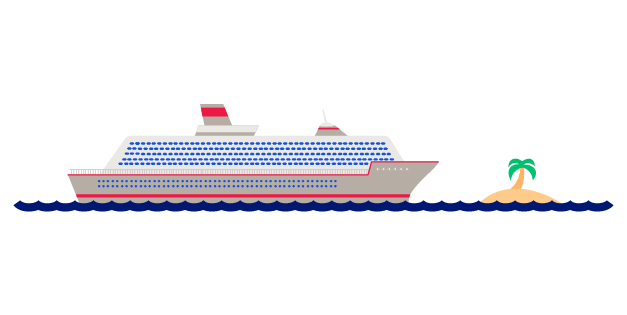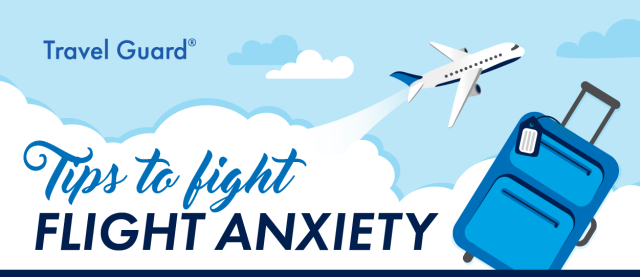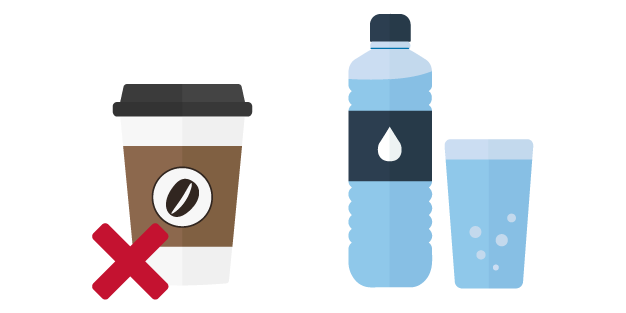 As travel reopens around the globe, health and hygiene habits may be forever changed as a result of COVID-19. While airlines, hotels, and other members of the travel industry are increasing their cleaning and disinfecting procedures, travelers should still remain diligent when it comes to their own health and hygiene practices. Here are a few essential travel health tips to consider.
As travel reopens around the globe, health and hygiene habits may be forever changed as a result of COVID-19. While airlines, hotels, and other members of the travel industry are increasing their cleaning and disinfecting procedures, travelers should still remain diligent when it comes to their own health and hygiene practices. Here are a few essential travel health tips to consider.
- Start by staying up-to-date with travel health issues and disease outbreaks by researching your travel destination before departing.
- If you have recently been sick or find yourself coming down with an illness close to your travel date, you may want to check with your doctor as to whether you should travel. Also, talk to your doctor about specific travel health recommendations and vaccinations.
- Consider packing these items in case they are not available for purchase while in route or at your destination:
- Alcohol-based hand sanitizer that contains at least 60% alcohol and complies with TSA and international airlines’ bottle size and liquid limits
- Disinfecting wipes
- Disposable gloves
- Portable hand soap sheets
- Tissues
- Digital thermometer
- Over-the-counter medicines for pain and fever reduction
Additional steps to consider that may help lower the risk of infection while traveling include:
- Wear a fabric, surgical or N95 mask while in public places.
- Avoid touching your face, mouth, nose, or eyes before washing your hands. Wearing a mask helps to avoid doing so.
- Wash hands with soap and water for at least 20 seconds especially after going to the bathroom, before eating, and after sneezing or coughing.
- If soap and water are not readily available, use an alcohol-based hand sanitizer that contains at least 60% alcohol.
- Older adults and people of any age with serious chronic medical conditions are at increased risk for severe disease. Such individuals may wish to seek advice from a doctor regarding travel.1
- Practice social distancing (approximately 6 feet or 2 meters) from others when possible.
- When using public bathrooms, after washing hands, use a paper towel or tissue to touch the door handle when exiting.
Research your transportation options; whether you use taxi, car service, shuttle service, public transportation, car rental or ridesharing services, be prepared to get around in a healthy way. If you take a road trip in your personal vehicle or a rental car be vigilant with practicing hand hygiene when making gas/rest stops by using disposable gloves when pumping gas and frequently wiping down your car door handles, steering wheel and frequently touched surfaces (e.g., seatbelt, console,
dashboard, buttons).
Taxis and rideshare vehicles:
- Remember to maintain social distancing while waiting in line at the airport’s taxi or rideshare stands.
- Try to pay through your smartphone’s app to avoid physical contact (e.g. handing over your credit card/cash to the driver).
- After exiting the vehicle, immediately use hand sanitizer and wash your hands as soon as you are able to do so.
Air travel:
- Before booking your airline ticket, try to find a window seat since it is furthest from the aisle and potentially less exposed to germs.
- Ask the gate attendant before boarding if there are any seats that do not have a passenger next to you or, even better, an empty row.
- While going through airport security and visiting any stores, restaurants or lounges constantly practice regular hand-washing hygiene and social distancing.
- Once you reach your plane seat wipe down everything that you will be touching such as the seat itself, seatbelt, tray table, handles, buttons, A/C vent, back of seat in front of you (seat pocket), window shade and in-flight entertainment screen.
- After exiting the plane, immediately use hand sanitizer and wash your hands.
Public transportation:
- Try to stand or sit away from others while waiting on platforms and in the subway or bus.
- After exiting the subway or bus, immediately use hand sanitizer and wash your hands as soon as you are able to do so.
If possible, consider walking or renting a bike while getting around and sightseeing at your destination which may help you to avoid crowded public transportation spots and drivers of taxis or rideshares. Continue to practice hand hygiene if renting bikes or other means of transportation.
Hotels and other accommodations:
As soon as you reach your accommodation, whether it is a hotel room or alternative lodging be sure to use disinfectant wipes to clean frequently touched surfaces such as door handles, light switches, remotes, toilet handle/lid, faucets, alarm clocks, minibar/fridge/microwave handles. While at a hotel it is unavoidable to use elevator buttons and touch stair or escalator hand rails, so always use your hand sanitizer after touching such surfaces.
While you are at your destination, here are some travel health tips to consider no matter what activities you will be participating in.
Restaurants and bars:
- Sit outside where possible and safe to do so.
- Research the level of social distancing and cleanliness procedures of restaurants and bars to help make decisions about what to visit while there.
- If it will make you more comfortable to wipe down the dining table and chair before sitting be sure to bring disinfecting wipes.
- Always practice hand-washing hygiene before and after eating and drinking. When using public bathrooms, after washing hands, use a paper towel or tissue to touch the door handle when exiting.
- Avoid touching your face, mouth, nose or eyes.
- Refrain from directly eating off of shared plates (or plates of your traveling companions) with your own silverware or hands. Ask for extra side plates and serving utensils from the server to portion out your own servings.
Water activities:
- Practice social distancing.
- Practice hand-washing hygiene especially before eating or drinking.
- Wipe down chair or umbrella handle rentals.
- After leaving, immediately use hand sanitizer and wash your hands as soon as you are able since you will have been exposed to a lot of public surfaces such as lockers, guard rails, towels.
Tourist attractions:
-
- Practice social distancing while waiting in lines and around others.
- Practice hand-washing hygiene especially before eating or drinking.
- After leaving, immediately use hand sanitizer and wash your hands as soon as you are able, since you will have been exposed to a lot of public surfaces.
Footnotes:
- https://www.who.int/emergencies/diseases/novel-coronavirus-2019/question-and-answers-hub/q-a-detail/
Sources:
- https://www.cdc.gov/coronavirus/2019-ncov/index.html
- https://www.cdc.gov/coronavirus/2019-ncov/php/water.html
- https://www.businessinsider.com/how-to-avoid-getting-sick-traveling-plane-flying-coronavirus-2020-2
AIG Travel assumes no liability or responsibility for the use, interpretation or application of any of the information contained herein. The information contained in this material is for general informational purposes and is not intended as a substitute for professional medical advice, diagnosis or treatment. Always seek the advice of your physician or other qualified health provider with any questions you may have regarding a medical problem. For reprints or digital reproduction rights, please contact: worldwidemarketing@aig.com.
AIG Travel, a member of American International Group, Inc., provides travel insurance and global assistance through innovative product offerings. Travel Guard® is the marketing name for its portfolio of travel insurance and travel-related services. From lost luggage to a medical emergency, our 24/7 multilingual assistance team is always just a phone call away. Through our global service centers and a network of experienced providers, we deliver medical and security assistance to help our customers travel with confidence. AIG Travel is a socially responsible and inclusive organization that meets the diverse needs of leisure and corporate travelers alike. Learn more at www.aig.com/travel or www.travelguard.com, and follow us on Twitter, Facebook, Instagram and LinkedIn.
Copyright © 2020 American International Group, Inc. All rights reserved.











